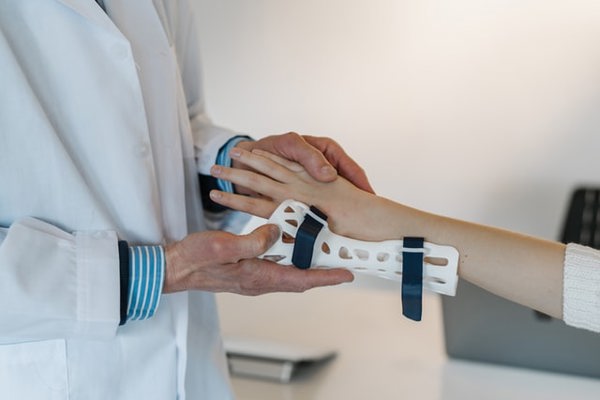These are shocking statistics, especially when the majority of these deaths are entirely preventable.
Road Safety Week is promoted by Brake, a Road Safety Charity that supports people affected by road crashes and campaigns for safer and healthy mobility for all. The purpose of the annual event is to raise awareness about road safety with the aim of reducing the number of crashes and injuries that take place on our roads.
In my work as a Personal Injury Solicitor in Scotland, I have recovered damages on behalf of many clients to compensate them for the losses they have suffered as a result of injuries following a road crash. Whilst each crash has a different set of facts and circumstances, what they all have in common is that someone is at fault and it is usually entirely avoidable.
Whilst the Court will consider who is at fault for a crash, the court will often also consider whether the injured party contributed to it occurring. All road users - including drivers, cyclists and pedestrians - have a responsibility to each other. In other words, they have a duty of care to one another and breaching this duty will amount to negligence. The extent of the duty depends upon the type of road user. Examples of pedestrian negligence may include ignoring traffic signals, not using marked crossroads, crossing the road despite oncoming traffic or intoxication. Examples of negligence of a cyclist would include going through a red light or using a mobile phone whilst cycling. If a pedestrian or cyclist is held to have contributed to the crash, whilst the third party may be held liable to pay damages, the Court will likely make a deduction to that award of damages to take account of their actions.
When considering the level of deduction for contributory negligence, the court will also consider the concept of "causative potency" and the parties' respective blameworthiness for the crash occurring. Given the potential increased damage or injury a vehicle can cause due to the speed at which it can travel and the size/weight of the vehicle, the courts place a higher burden on drivers compared to cyclists or pedestrians when considering the respective blameworthiness of parties. This means that whilst a pedestrian may be held to be at fault for crossing the road without checking for oncoming vehicles and have their award reduced accordingly, the driver will still likely require to pay a larger proportion of the damages if it is ultimately held that the driver of the vehicle was driving in a potentially dangerous way, taking into account the road conditions.
The Supreme Court case of Jackson v Murray (2015) UK SC5 illustrates this point. The circumstances of the case were that the Pursuer, a 13 year old girl, was dropped by the school bus across the road from the entrance to the farm where she lived. The Pursuer stepped into the road from the rear side of the bus and then proceeded to run across the road. She was hit by a car being driven by the Defender travelling at 50mph in the opposite direction. The speed limit of the road was 60mph, so the driver was not exceeding the limit. Nevertheless, when considering negligence, the Court took account of the fact that the Defender was driving past a school bus which was clearly visible as it had its headlights and hazard warning lights on. Despite this, the driver failed to take account of this potential hazard and did not slow down. On giving evidence, the driver admitted he had seen the bus but he did not anticipate that a child may cross the road in front of him and he did not see the Pursuer. The case was initially heard by the Outer House of the Court of Session. The Court held that the driver was going too fast to have stopped in time even if he had seen the Pursuer. Whilst the driver was held liable, there was a deduction to the award of 90% to reflect the Pursuer's contributory negligence. The Pursuer appealed this decision to the Inner House of the Court of Session and this was reduced to 70%. Following a further appeal to the Supreme Court, the Court then reduced this further to 50%, taking account of causative potency.
This case serves as a reminder of the damage vehicles can cause and the responsibilities that every road user has to one another to prevent crashes occurring. Too often, road crashes have devastating consequences. The work of Brake, and other organisations like them, is an important reminder to all of us to do all we can to slow down and prevent them from happening. There is, indeed, no need for speed.


